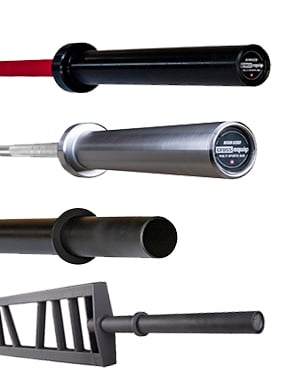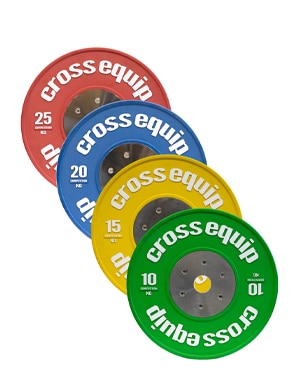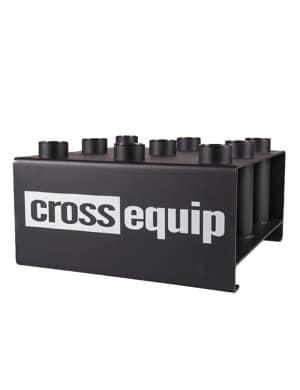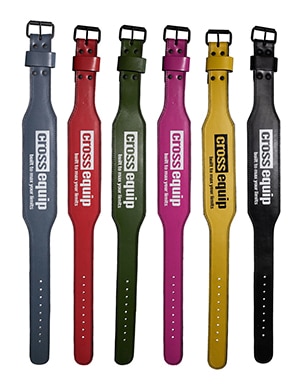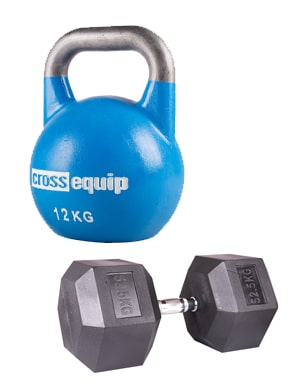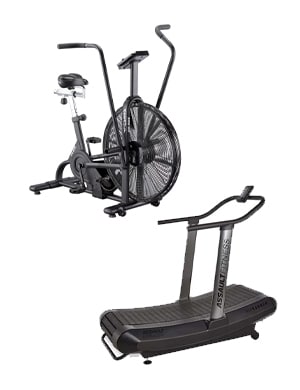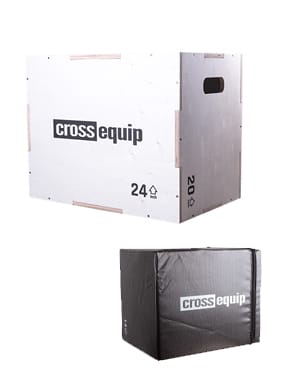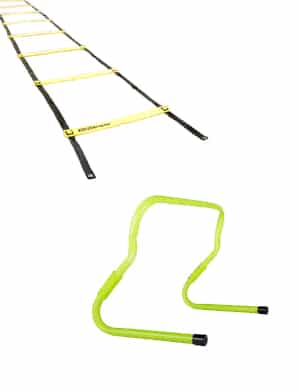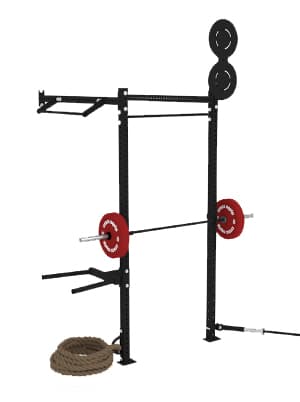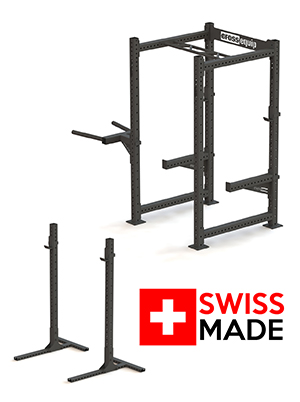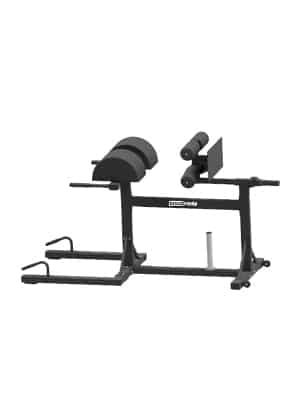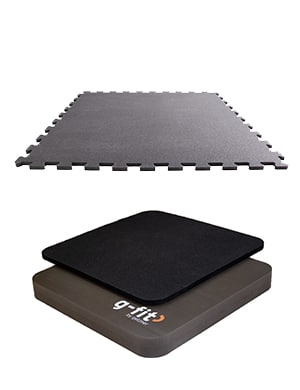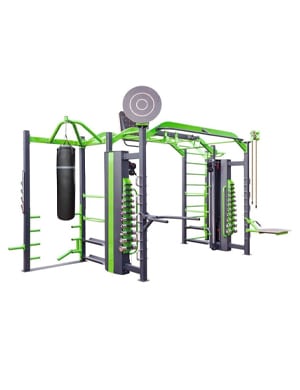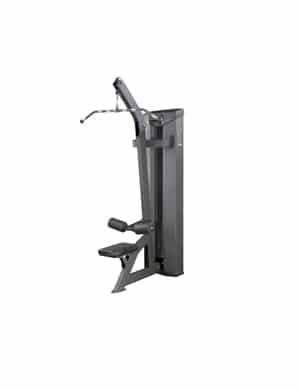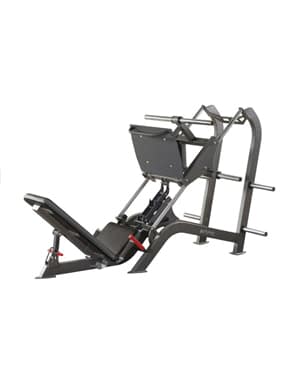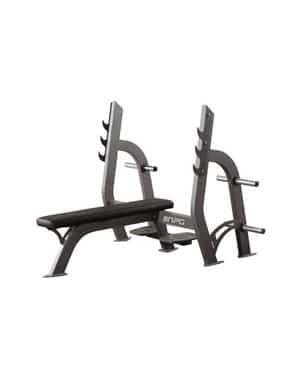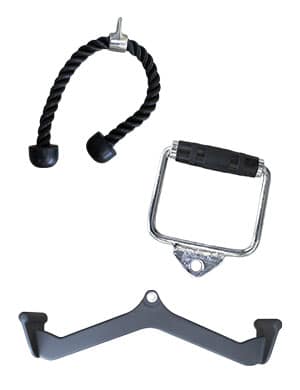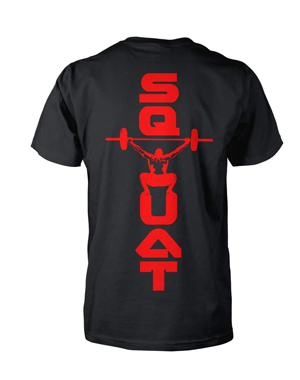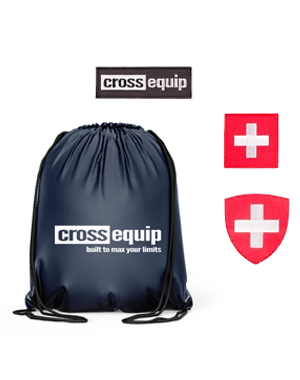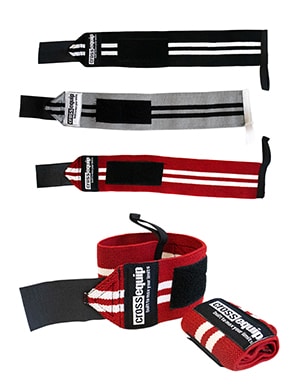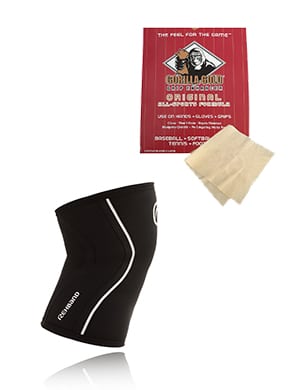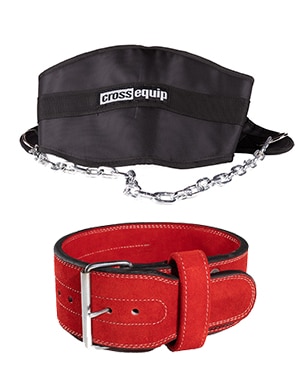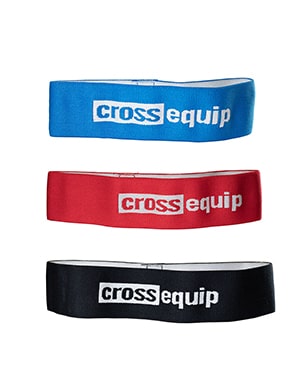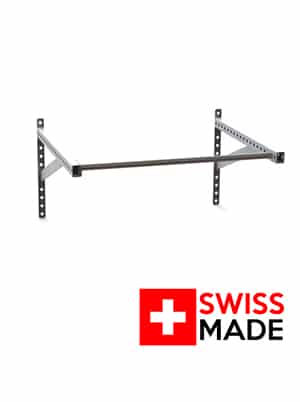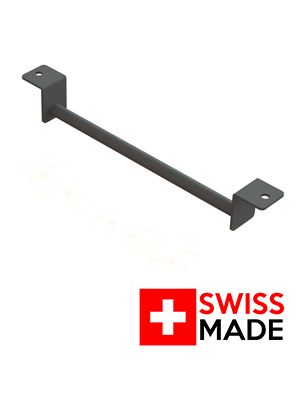It’s all about the right base
Whether you are setting up a small home gym or a commercial CrossFit box, choosing the right floor is literally the foundation of your training experience. We asked the experts what to look for when choosing the right floor.
Text Matthias Mehl, Pictures: zVg
Functional training is fun – and keeps you fit. Because it constantly challenges the body with challenging and varied exercises, forcing it to adapt. At the same time, however, this type of training puts a lot of stress on the infrastructure: Heavy barbells are dropped from a relatively great height, kettlebells land awkwardly on the floor, and even box jumps or burpees cause vibrations. “If you don’t adequately prepare the training surface for these forces, you’ll quickly see signs of wear and damage,” says Felix Egli, owner of cross equip and head coach of CrossFit Züri Oberland.
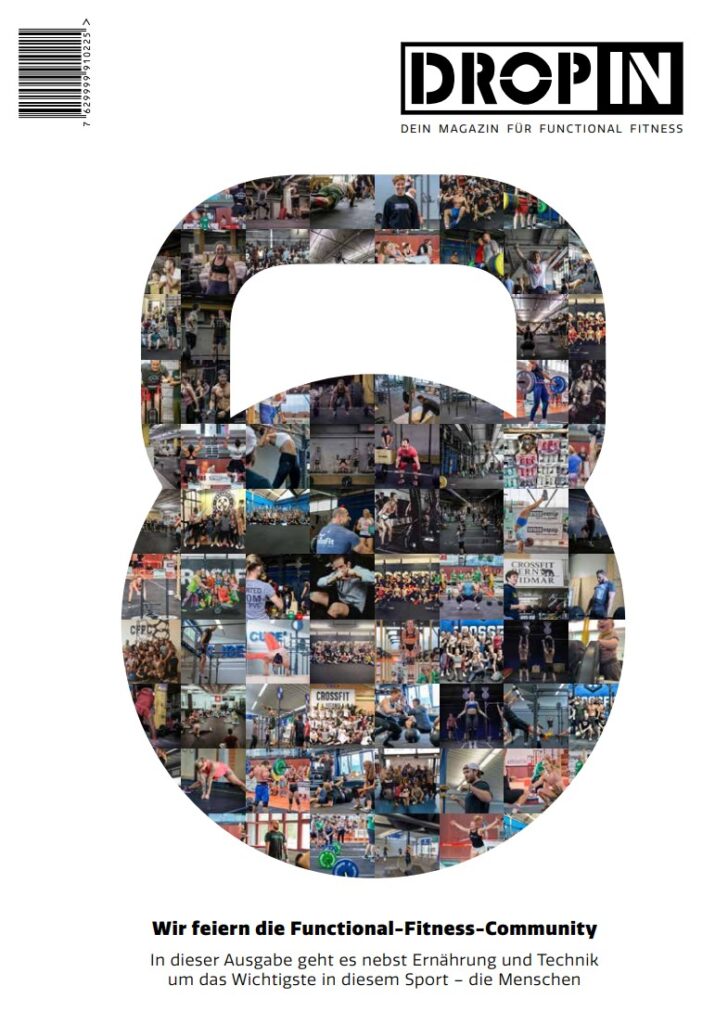
But how do you adequately prepare a floor for demanding functional training? Basically, according to Felix Egli, you first have to distinguish whether you are dealing with a small area with little use (Home Gym, smaller than 60 m2) or a larger training area where several people are active at the same time (CrossFit Box, Functional Gym, larger than 60m2).
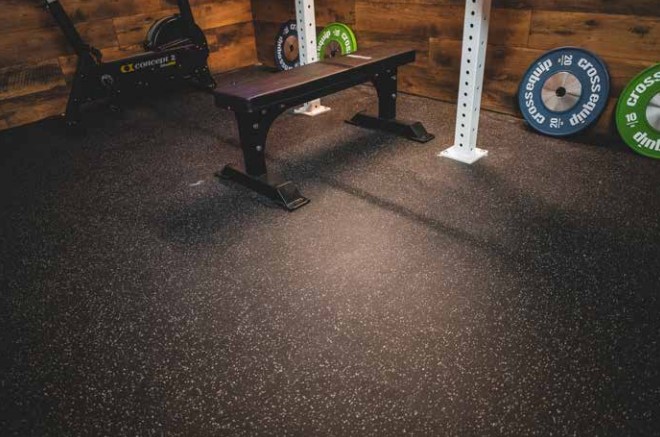
As a plate or puzzle?
The “classic” floor covering is the 15-millimeter-thick slabs of black rubber granulate, which are used in a lot of boxes and functional gyms. “There’s definitely a reason for that,” explains Felix, because “these sheets have a high quality standard and are Gym Equipment Specialist Article 61 versatile.” Plates made of rubber granulate are also available in the “puzzle” variant: these do not need to be additionally fixed because they interlock like puzzle pieces. The Dual Layer System (15mm), which consists of two layers glued together, has also proven its worth.
Since the upper layer has a relatively smooth surface, the dual layer floor is easy to clean and can be provided with different patterns.
Protect the subsoil – and the nerves of the neighbors
An important issue when opening a box is the resulting noise emissions. After all, a fully booked CrossFit class handling heavy barbells makes for a real racket. “That’s where the equation turns out to be simple: The thicker the floor, the better its shock and noise absorption,” emphasizes Felix Egli. Thanks to these advantages, thick floor panels keep the neighbors at bay for the box operators – and at the same time protect delicate subfloors, such as wooden floors. For maximum protection, an additional carpet pad can be laid as a “Shock Absorb Layer” (read more about “Noise and Shock Absorption in the Box” in issue 01/20, which you can download at dropinmag.ch).
Alternatively, a box or a commercial gym can also be equipped with a rolled floor. This offers various advantages for spacious training areas: it is available in thicknesses of as little as eight millimeters and in various colors. “And since the flooring is laid “from the roll”, there are significantly fewer joints than with slabs, which is of course visually more appealing,” explains Felix Egli. The disadvantage: rolled flooring must be glued down to guarantee the necessary stability. This makes removal very laborious.
And which floor variants are suitable for a smaller training area, i.e. a home gym? “Here I would rely exclusively on floor tiles, since rolled flooring cannot be laid optimally in a relatively small space,” Felix says. Of course, the 15-millimeter rubber granulate slabs are also suitable for home gyms, both in the normal and in the puzzle version. Particularly within your own four walls, it is worth installing an additional carpet pad as a shock absorber, because the subfloor at home is often relatively sensitive (e.g. parquet flooring).
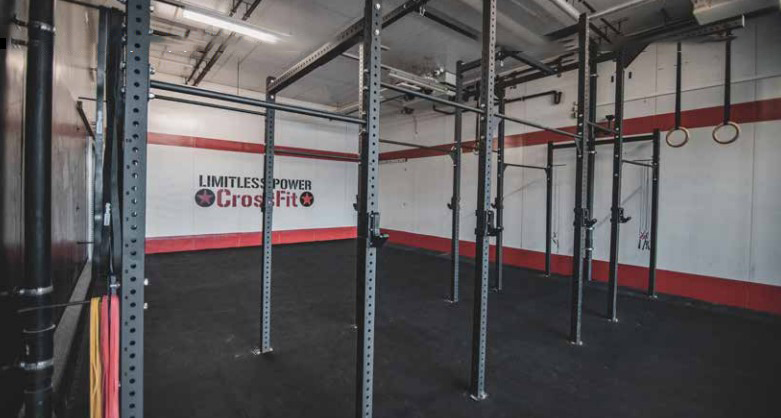
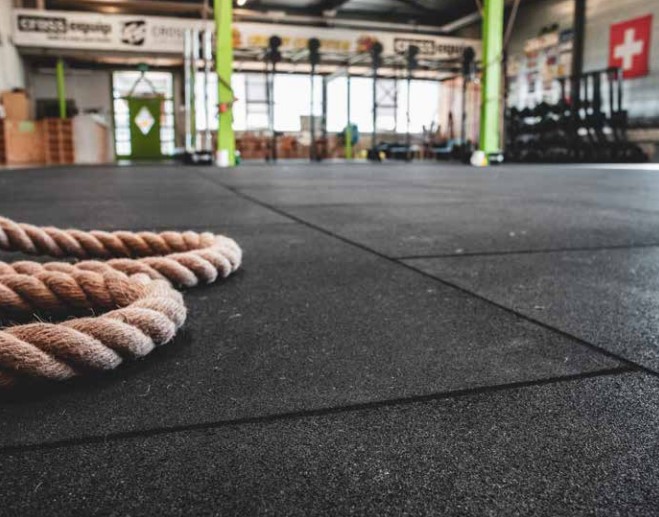
The interim summary
So let’s summarize again at this point. The basic rule is:
– The thicker the floor, the better the protection for equipment and base.
– The thicker the floor, the more the impact (barbell, KB, etc.) is distributed.
– The thicker the floor, the more complicated the handling (transport, cutting to size, etc.)
– The thinner the floor (without puzzle), the more it has to be fixed (clamped, glued)
– The thinner the base, the easier it is to handle (transport, cutting to size, etc.)
– For home use, sheets are more suitable than rolls
– Rolled floor is therefore suitable only for larger areas (from about 60m2)
– If floor heating is present or if it is a purely wooden floor, at least 40mm-thick boards must be used, possibly with a shock-absorbing layer.
Also a question of use
So far, so good. However, so far we have focused primarily on the size of the training surface. But as Felix Egli explains, when choosing the right floor, you also have to consider what and how you want to train on it. For example, is it primarily bodyweight exercises? Or should weightlifting sessions with drops also be performed? “For bodyweight exercises, the focus is primarily on protecting the joints,” says Felix. For this purpose, plates eight to 15 millimeters thick are absolutely sufficient. If functional weightlifting (with rather light loads) including dropping is added, the floor must be between 15 and 25 millimeters thick. “If, on the other hand, we are talking about heavy weights, 40 -millimeter plates are a proven choice.” As already addressed, the nature of the substrate also plays a significant role in the choice of the ideal floor.
On a concrete subfloor, for example, it is already possible to drop without problems even on eight-millimeter-thick plates – at least in most cases. “Of course, it is always advisable to take a close look at the conditions on site before making a choice,” cautions Felix. On parquet and ceramics in a rented apartment, experience shows that a 15mm floor is sufficient for pure bodyweight exercises. But as soon as weights are lifted, 15 to 40 millimeters are necessary or a shock-absorbing layer under the rubber floor. For more information on all equipment solutions for your perfect home gym, visit www.crossequip.ch.
DropIn Magazin
Excerpt from the foreword: Matthias Mehl, Editor-in-Chief “DropIN Magazine
CONTACT US



